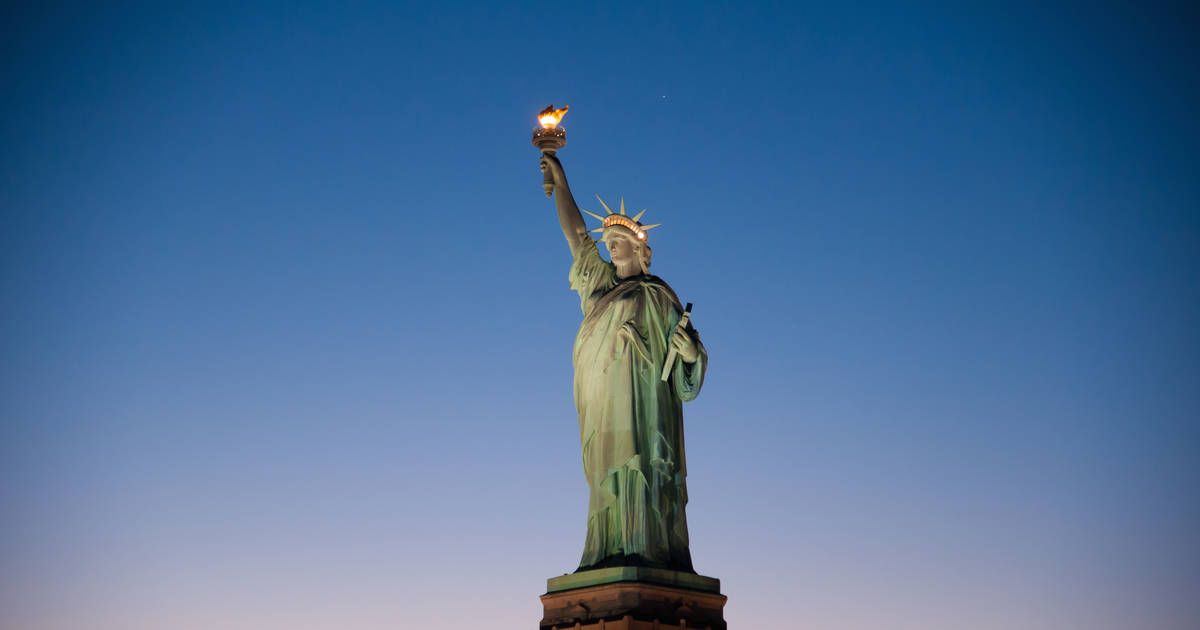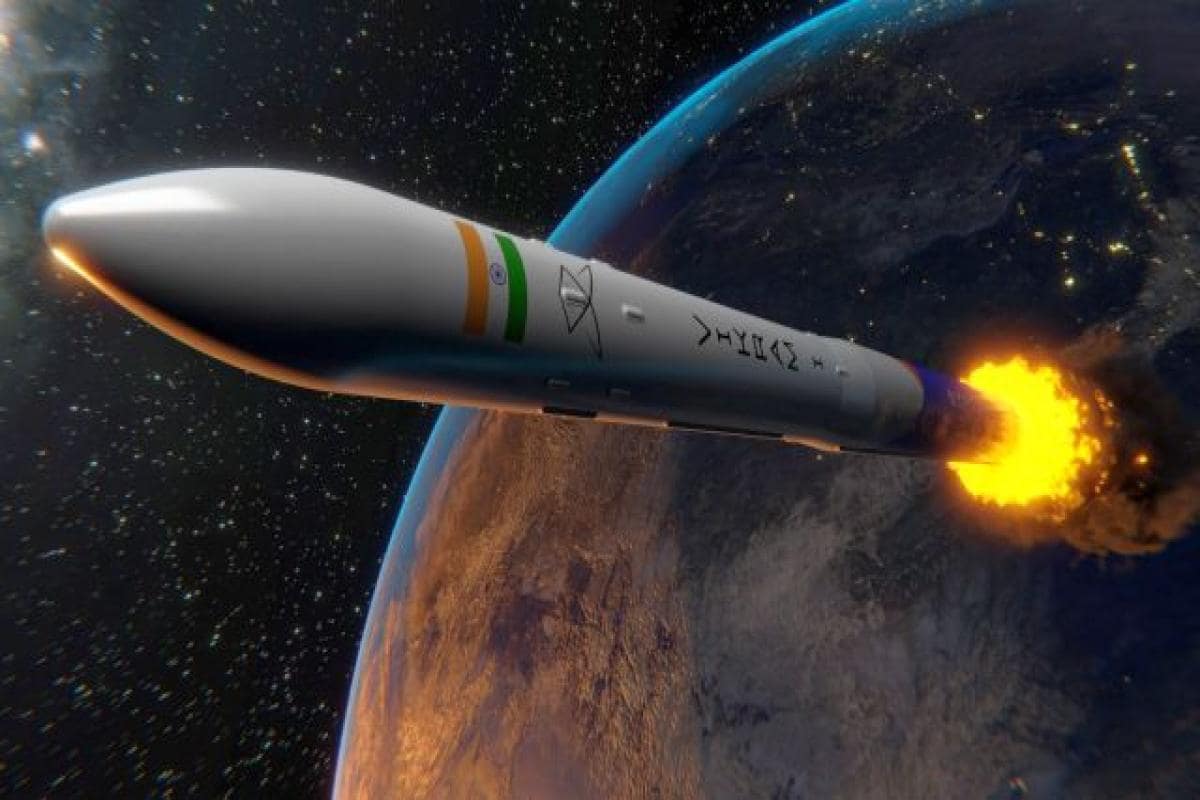Human activity had wiped out, between 1970 and 2014, 60 per cent of all animals with backbones — fish, birds, amphibians, reptiles and mammals
The International Panel on Climate Change’s (IPCC) latest report, released earlier this month and stating that the process of producing and making food available accounts annually for a quarter of global greenhouse gas emissions, requires serious attention. The second in the series of the organisation’s specially-focussed reports and entitled Climate Change and Land, the validity of its observations is hardly in doubt.
Agriculture cuts both ways. As the report says, it accounts for 37 per cent of all greenhouse gas emissions if one takes into account both the percentage generated by global food production and activities like transportation and the work of energy and food processing industries. On its part, climate change adversely impacts agriculture by affecting cropping pattern and reducing crop output through changing temperatures and unpredictable weather fluctuations. Worse, a quarter of the food produced is lost or wasted and, as the report further points out, “global food loss and waste contributed 8 to 10 per cent of total anthropogenic (man-made) GHQ (greenhouse gas) emissions” during 2010 and 2016.
Besides agriculture, a number of land-based activities like forestry, cattle-rearing and urbanisation have contributed to the carbon load. While noting this, the report also takes into account the manner in which climate change impacts these. It further argues that measures like reduction in food wastage, sustainable agricultural practices and the consumption of more plant-based rather than animal-based food could reduce the emission of greenhouse gases estimated to be about 49 billion tonnes of CO2 annually.
It will not be easy to implement the report’s recommendations. It will take a huge exercise of will by several billion human beings. Dietary habits, evolving ever since humankind appeared on earth, will be difficult to change. These, however, will have to, particularly since options are available. The alternative can be as drastic as the extinction of the species.
The danger is very real. Other species have been disappearing at an alarming rate. A report by the World Wildlife Fund’s (WWF) conservation group, titled Living Planet, said human activity had wiped out, between 1970 and 2014, 60 per cent of all animals with backbones — fish, birds, amphibians, reptiles and mammals. Referring to such activity, the WWF International’s director-general, Marco Lambertini, has said that hunting, shrinking habitat, pollution, illegal trade and climate change had been too much for them to overcome.
The subject of mass extinction has been causing worry for quite some time. Ian Johnston writing in The Independent of the United Kingdom in 2017, cited scientists writing in a special edition of the magazine, Nature, that humans were causing the sixth mass extinction of life on earth. Earlier, Elizabeth Kolbert had written in The Sixth Extinction: An Unnatural History (first published in 2014), “Very, very occasionally in the distant past, the planet has undergone change so wrenching that the diversity of life has plummeted. Five of these ancient events were catastrophic enough that they’re put in their own category: The so-called Big Five. In what seems like a fantastic coincidence, but is probably no coincidence at all, the history of these events is recovered just as people come to realise that they are causing another one.”
There is no reason why humans can escape the process. A major cause is the population increase under way. Referring to it, Desmond Morris predicts in The Naked Ape: A Zoologist’s Study of the Human Animal, that a time will come when “the densities we are now experiencing in our major cities would exist in every corner of the globe. The consequences of all this for all forms of wild animals is obvious. The effect it would have on our own species is equally depressing.”
Morris adds shortly thereafter, “Long before our populations reach the levels envisaged above we shall have broken so many of the rules that govern our biological nature, that we shall have collapsed as a dominant species….Many exciting species have become extinct in the past and we are no exception.” Morris’ critics argue that the human mind will, through technology, find a way of preventing this. This is laughable. Technology would remain a formulation on paper if the environment in which it has to be applied disappears. Humankind has evolved, and is sustained by, support from a wide range of plant and animal species providing it with food and habitat. No technology can sustain it if these disappear.
Particularly severe will be the impact of mass extinctions on the human mind, which Paul Shepard writes in Thinking Animals: Animals and the Development of Human Intelligence, is at the centre of humanity’s pride in its independence “from animals and animality.” According to him “the mind and its organ, the brain, are in reality that part of us most dependent on the survival of animals. We are connected to animals not merely in the convenience of figures of speech — a zoological equivalent of ‘flowery speech’ — but by sinews that link speech to rationality, insight, intuition, and consciousness’. Animal images and forms play a critical role in the shaping of human “personality, identity, and social consciousness. They are basic to the development of speech and thought.”
The situation is grim. Addressing a preparatory meeting of the UN Climate Action Summit scheduled to be held in September, 2019, the UN Secretary General, Antonio Guterres had said in Abu Dhabi on June 30 that climate change was advancing at a rate that was outpacing efforts to address it. While lauding the Paris agreement, he said that the world would face a catastrophic three degrees Celsius rise in temperature by the end of, century.
Things would start becoming worse even earlier. The Special Report on Global Warming of 1.5°C, released by IPCC on October 7, 2018, had observed that at the current rate, the global mean temperature — which is already one degree Celsius above the pre-industrial revolution level — is likely to rise to the 1.5-degree mark sometime between 2030 and 2052. It further stated that warming, even if limited to 1.5°C, would not reduce the risks and impacts of climate change. Sea levels will continue to rise beyond 2100, threatening coastal ecosystems and infrastructure. Flooding, drought and extreme weather events will wreak havoc on communities around the globe. Many species will continue to be driven toward extinction and marine ecosystems could face “irreversible loss.”
The September meeting of the UN Climate Action Summit has its work cut out.
(The writer is Consultant Editor, The Pioneer, and an author)
Writer: Hiranmay Karlekar
Courtesy: The Pioneer








 OpinionExpress.In
OpinionExpress.In















Comments (0)